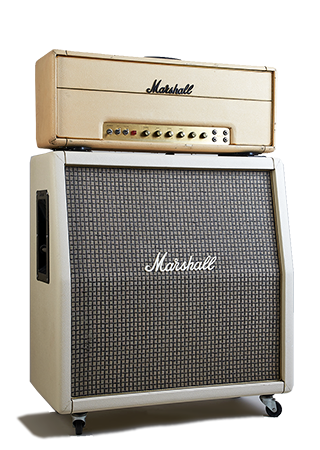Marshall amplifiers from 1973 are highly regarded for their quality and iconic sound, often sought after by collectors and musicians. Here are some key points about these amps:
Models
- Marshall Super Lead (Model 1959)
- Also known as the “Plexi,” it is a 100-watt head known for its powerful, overdriven sound.
- Classic rock icons like Jimi Hendrix and Jimmy Page famously used these.
- Marshall Super Bass (Model 1992)
- A 100-watt head designed for bass guitars, but also popular among guitarists for its tonal characteristics.
- Marshall JMP Series
- The JMP (Jim Marshall Products) series includes models like the JMP 50-watt Lead and Bass amps.
- Known for their distinctive look and sound, they feature a combination of valve/tube technology.
Features
- Handwired Circuits: Many 1973 Marshall amps were handwired, contributing to their unique sound quality.
- EL34 Tubes: Commonly used power tubes that provide a characteristic British tone.
- Celestion Speakers: Often paired with Celestion speakers, which also contribute to the classic Marshall sound.
Identifying a 1973 Marshall Amp
- Serial Numbers: Check the serial number for dating. Marshall serial numbers can usually be decoded to determine the year of manufacture.
- Circuit Board: Look for date codes on the components inside the amp.
- Cosmetic Details: The design, including the logo and panel layout, can help identify the era. In 1973, many amps still featured the classic Marshall script logo.
Collectibility and Value
- 1973 Marshall amps are considered vintage and can be quite valuable, especially if they are in good condition and have original components.
- Collectors often seek out specific models and configurations for their unique sound and historical significance.
If you own or are looking to purchase a 1973 Marshall amp, it’s important to verify its authenticity and condition to ensure it retains its value and provides the desired sound quality.
